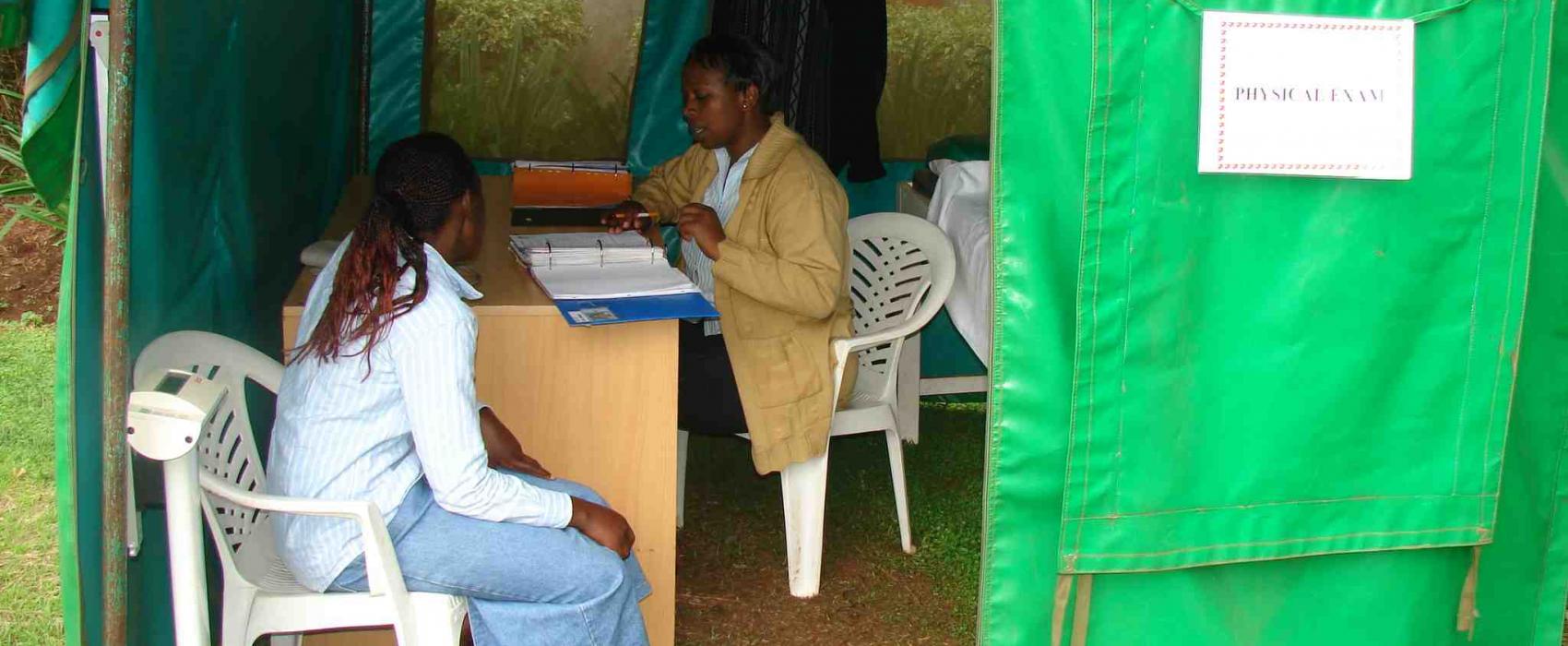In 2009, MHRP launched an ambitious multi-site study in East Africa and Thailand that followed a group of HIV negative volunteers and tracked their HIV status to characterize progression through the early stages of acute HIV infection (AHI) if they did become infected. This prospective study captured samples from some of the earliest stages of HIV infection – in some cases within days – along with blood samples collected before infection to provide valuable comparisons.
Unique Data
The RV217 concluded in 2018, with more than 5,400 volunteers enrolled in the study and 150 incident cases observed. 235,950 blood-draw visits occurred, and the 86% rate of volunteer visit compliance was key to RV217’s success. HIV negative volunteers were enrolled and visited clinics for blood draws twice a week. Those subsequently found to be HIV-positive were closely monitored for markers of disease progression.
MHRP researchers at WRAIR are still using samples from the study to explore immune responses during this early phase of infection, along with genetic changes in the virus. The success of the study in collecting these unique samples has also attracted world renowned scientists to work as collaborators on the analysis.
The study’s impact on HIV research will last beyond its conclusion. The New England Journal of Medicine publication stemming from the study has been cited more than 270 times, and more than 45 additional papers have been published using RV217 samples and data.
Key Takeaways
RV217 enabled researchers to define the symptoms and signs of AHI, and scientists continue to work intensively on evaluating the relationship between the virus and the host immune response.
Early events in HIV infection appear to impact future course of the disease in individuals, and RV217 showed that events occurring in the first 30 days or so of infection are critical. Researchers found a correlation between peak viremia, which is the point during acute infection when the amount of virus in the blood is highest, and set-point viremia, which dictates the risk of transmission and long-term disease course. The study showed that viral load set-point is established at resolution of acute viremia, within 18-42 days after infection.
RV217 also demonstrated that clinical presentation of HIV infections was less symptomatic than previously believed. The duration and number of symptoms were briefer, milder and fewer than reported previously.
Another study determined the duration of the eclipse phase between HIV infection and earliest diagnosis via RNA testing lasted about a week. Precisely defining the eclipse phase is difficult because newly infected individuals often do not experience symptoms, thus remaining undiagnosed for potentially long periods, and research cohorts typically collect samples too infrequently to accurately home in on the date of infection. Precise infection timing would provide critical information for epidemiological studies, for example, those that aim to document transmission networks or drug levels at infection.
This research was funded, in part, by the U.S. National Institute of Allergy and Infectious Diseases.
